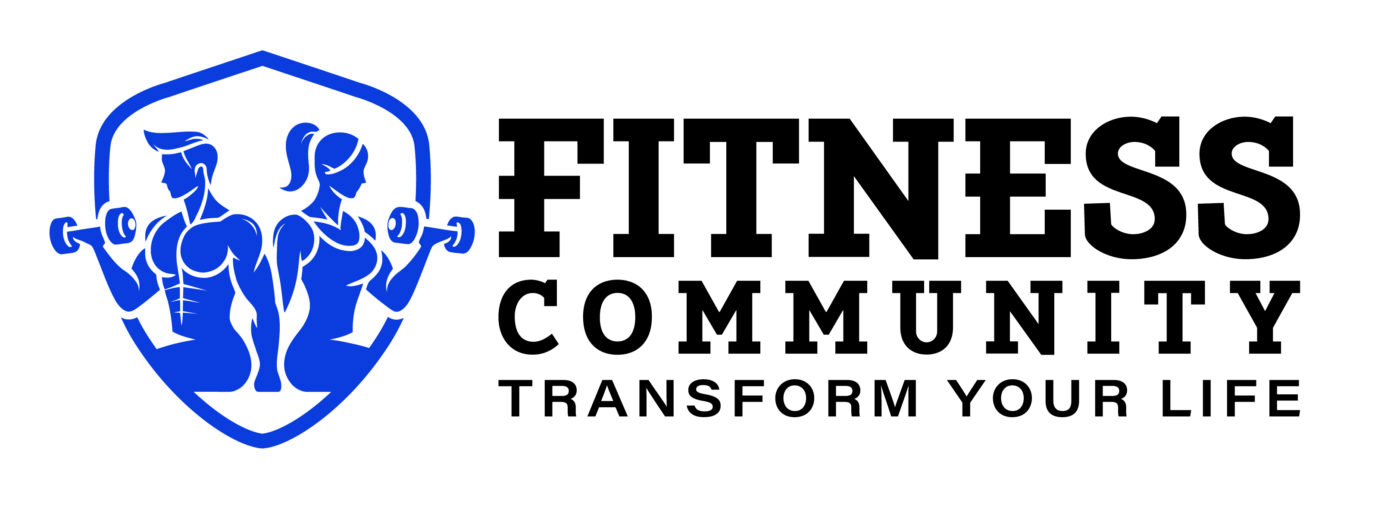STRENGTH TRAINING
The Power of Bodyweight Training: How Science is Redefining Strength Building
Breaking the Myth: Bodyweight Training Rivals Traditional Weightlifting for Muscle Growth
For years, weightlifting has been hailed as the gold standard for building muscle. However, recent scientific discoveries are challenging this long-standing belief. Studies now reveal that bodyweight exercises can promote muscle growth comparable to traditional weightlifting, offering an accessible and effective alternative for those without gym access.
Rethinking Strength Training
The assumption that external resistance is essential for muscle development has shaped fitness routines worldwide. However, new research suggests that bodyweight training—when executed with proper technique and intensity—can yield similar or even superior results. Push-ups, pull-ups, squats, and lunges, when progressed strategically, create the necessary mechanical tension and metabolic stress to drive muscle adaptation.
This finding is particularly significant for individuals seeking home-based workout solutions. By adjusting range of motion, tempo, and resistance, bodyweight training proves to be a viable method for developing strength, endurance, and muscle mass.
Understanding Muscle Development
Muscle growth, or hypertrophy, occurs through three primary mechanisms:
Mechanical tension: Muscle contractions against resistance.
Metabolic stress: Sustained exertion leading to muscle fatigue.
Microtrauma: Microscopic tears in muscle fibers that stimulate repair and growth.
Traditionally, weightlifting has been seen as the most efficient way to activate these mechanisms. However, when bodyweight exercises are structured correctly, they engage the same physiological processes, making external weights unnecessary for significant strength gains.
Professional Insights on Bodyweight Training
Sports medicine specialists emphasize that bodyweight training can match, and sometimes even surpass, traditional weightlifting when properly structured. The key lies in progressive overload—the principle of gradually increasing exercise difficulty to continually challenge muscles.
While progressive overload in weightlifting typically involves increasing weights, it can also be applied in bodyweight exercises by:
Adjusting repetition speed (e.g., slow eccentric movements)
Modifying angles to increase resistance
Incorporating advanced variations such as one-arm push-ups or pistol squats
Adding explosive plyometric movements for fast-twitch muscle activation
Additionally, bodyweight training enhances functional strength by engaging multiple muscle groups simultaneously. Unlike machine-based exercises that isolate specific muscles, bodyweight workouts require coordination, balance, and core stability, leading to more comprehensive fitness benefits.
Advanced Techniques for Strength Gains
To maximize the effectiveness of bodyweight exercises, strategic training methods are essential:
Tempo control: Slower movements increase time under tension, a crucial driver of hypertrophy. For example, a push-up with a three-second descent and a one-second pause at the bottom enhances muscle activation.
Unilateral movements: Single-leg squats or one-arm push-ups intensify workouts by eliminating assistance from the opposite limb.
Plyometrics: Jump squats, clapping push-ups, and burpees engage fast-twitch muscle fibers, boosting strength and athletic performance.
By incorporating these techniques, individuals can replicate the progressive overload seen in weightlifting programs, ensuring continued muscle growth and adaptation.
The Role of Recovery in Strength Training
Recovery is a crucial component of any strength-building regimen. Without adequate rest, muscles cannot repair and grow effectively. Bodyweight training, like weightlifting, requires a balance between workout intensity and recovery strategies.
Key recovery principles include:
Rest days: Essential for muscle repair and growth.
Quality sleep: Supports hormonal balance and muscle recovery.
Proper nutrition: Ensures muscles receive the nutrients needed for repair.
Gradual progression: Increasing difficulty too quickly can lead to overuse injuries, hindering progress.
A well-structured plan that integrates these elements fosters long-term improvements in strength and endurance.
How Bodyweight Training is Shaping the Future of Fitness
As evidence continues to validate the effectiveness of bodyweight exercises, fitness trends are shifting toward more accessible workout methods. The growing popularity of calisthenics—a training discipline that emphasizes body control and functional strength—further supports this movement.
With online training programs and mobile apps offering structured guidance, individuals can achieve significant fitness goals from home. The recognition of bodyweight training as a powerful and sustainable approach to muscle development is reshaping the way people think about fitness.
A New Era in Strength Training
While traditional weightlifting remains a valuable tool, it is no longer the sole path to building muscle. With the right techniques, bodyweight exercises can provide a practical and effective alternative. By embracing progressive overload, strategic programming, and proper recovery, individuals can achieve remarkable strength gains—no gym required.
The future of fitness is evolving, and bodyweight training is leading the way, proving that strength is not just about lifting heavier but training smarter.

